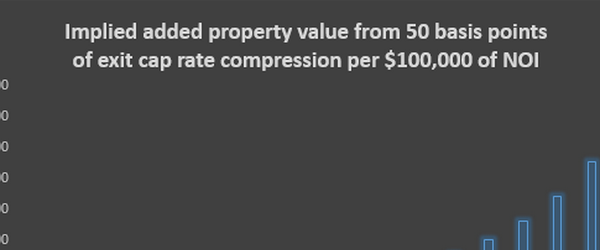The Internet revolution has given investors the tools and information they need to manage their own portfolios, but no amount of technology can give you one of the most precious resources in portfolio management – the time to do it right. A professional approach to portfolio management, with the guidance of an expert advisor, can help you grow your money while saving the time to enjoy it.
1) Clearly define your financial goals
The first step in managing your portfolio is clearly defining your financial goals. Your asset allocation strategy will depend, in large part, on the goals that you define and the timeframe in which you would like to achieve them. As a first step in defining your goals, answer the following questions:
1.1) What is your current financial position?,
1.2) What are your short-term financial goals?,
1.3) What are the major purchases and investments you would like to make over your lifetime? (buying a home, paying for your or your child’s education, etc.),
1.4) What is your tolerance for risk?, and
1.5) What timeframe do you have to meet your major financial milestones?
2) Develop an asset allocation strategy
Asset allocation is simply a matter of determining how much money to put into different kinds of assets (domestic stocks, foreign stocks, bonds, cash, real estate, etc.). Like many things in life, asset allocation is simple in concept but complex in practice. A strong asset allocation strategy requires a clear understanding of your financial goals, a realistic assessment of your risk tolerance, and, most importantly, the discipline to make balanced adjustments to your strategy during changing market conditions – don’t put all your money into a particular stock when you get a hot tip and don’t flee haphazardly from equities when the stock market takes a downturn.
Asset allocation is one of the areas where the objectivity and expertise of a professional advisor can have a very positive impact. A professional advisor will develop a custom strategy for you based on your age, current assets, savings plan, tax rate, income, risk tolerance, and the overall economic outlook. Moreover, a good advisor will encourage you to develop a holistic asset allocation strategy that takes into account all of your investments including real estate and business interests.
3) Select specific products to implement your strategy
When people think about portfolio management, they naturally think of stock-picking. However, too many investors jump straight to selecting financial securities without defining their financial goals or developing an asset allocation strategy. Avoid jumping on that hot stock or well-regarded mutual fund until you understand how that product fits with your overall financial picture – and then take only the position that is warranted by your strategy. Again, this is an area where the objectivity and experience of an advisor can be very beneficial.
This is also an area where a strong partnership between the investor and the advisor can have a positive impact. Oftentimes, investors may have detailed industry knowledge or experience with a particular kind of security (such as tech stocks) while advisors typically have more general knowledge over a wider range of asset classes. When a knowledgeable investor works closely with a professional advisor, he or she can develop a portfolio that is strong in a particular area but appropriately diversified into other industries and asset classes. Make sure to follow the adage: “Invest in what you know, but don’t get burned by what you don’t.”
4) Consistently adjust your strategy based on market conditions
Defining your financial goals, developing an asset allocation, and selecting securities is just the beginning. A good portfolio management strategy requires constant care and feeding – too many investors get their portfolio up and running, and then fail to proactively manage it once that portfolio is in place.
On a periodic basis, you should ask yourself three important questions:
Have market movements knocked your portfolio out of line with your asset allocation strategy?
Do changes in the economic outlook necessitate a reassessment of your strategy?
Do changes in your financial situation require you to redefine your financial goals and adjust your asset allocation strategy?
How often should you adjust your portfolio? The answer is a delicate balance of cost vs. benefit. If you adjust your portfolio too often, transaction costs will erode your returns, but if you wait too long, you may miss market opportunities or incur unnecessary portfolio risk by having an unbalanced portfolio.
The ideal scenario is to have a financial advisor who constantly monitors your portfolio, quickly reacts to changes in market conditions, diligently manages your portfolio risk, and proactively maintains an asset allocation strategy which is in sync with your financial goals and time horizon.



































Comments